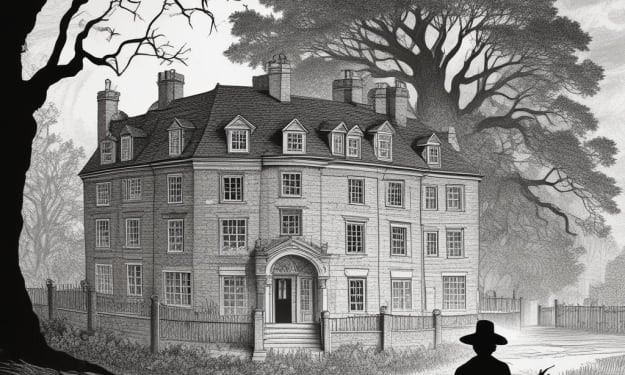The Mysterious World of Clowns: From Laughter to Fear
by Sangram
Well, it's time we dive into something that gives us goosebumps and makes us want to hide under the covers. Clowns, surprise! I mean, who doesn't love red-nosed, white-faced, goofy-haired performers who juggle and make balloon animals for a living, right? Well, apparently a lot of people don't, and there's a weird reason behind it.
Have you ever heard of coulrophobia? It's the scientific name for the fear of clowns. People who suffer from coulrophobia experience intense fear and anxiety in the presence of clowns, sometimes to the point where they can't even look at a picture of one without feeling sick. But why are clowns so scary? Well, according to science, it has to do with several factors.
Let's start with the makeup, which is usually extremely exaggerated. This can be unsettling because it disguises the clown's true identity and makes them look like someone else entirely. Scientists believe we find clowns scary sometimes because we can't seem to figure out what's going on behind those big fake smiles or what their true intentions are.
Big shoes don't help either. They are several sizes too big, which makes clowns look clumsy and uncoordinated. We're unable to predict their movements, which can give us the heebie-jeebies. Our fear of them has also to do with the way they behave. Clowns are known for being erratic and mischievous. We don't always know what they're going to do next, and that unpredictability can be scary too.
Some of us have also only heard stories about creepy clowns. Take Pennywise, the creepy clown from Stephen King's novel. It might look like a friendly clown at first, but don't be fooled. He's actually a shape-shifting creature that likes to harm people. Elsewhere on the list is the Joker, the infamous villain that was always fighting Batman. All these stories don't do any good to the honest clown name, that's for sure.
So, where did clowns come from in the first place, though? Let's look at their history, shall we? But let's get one thing straight: clowns are not just funny people in big shoes and with red noses. They're like the superheroes of the circus world. They bring joy and laughter to the masses, and they do it all while wearing a silly outfit.
According to history and mythology, they've been around for a long time. In ancient civilizations from Egypt or Rome, there were people who would perform comedic acts to entertain people. These performers were known as fools or jesters, and they were highly respected in their communities.
Fast forward to the Middle Ages, and things started to get a little more serious. Some authorities didn't like the idea of people making jokes and having fun, so they banned comedic performances altogether. Now, people weren't going to take this lying down. They found a way to keep the laughter alive by creating secret societies of clowns. These clowns would perform in the streets and at private parties, wearing masks and costumes to hide their true identities.
Eventually, the ban was lifted, and clowns were free to perform openly once again. And boy, did they ever. They became a staple of the circus world with their silly antics and ridiculous costumes. Some even became famous, like the great Charlie Chaplin. How about the king of clowns? Have you ever heard of him? Well, let me tell you the story of Joseph Grimaldi, also known as the "Clown" and "King of Clowns." Yes, my tongue certainly got twisted on that one.
Thers is an instance of Joe in 1778. His audiences came to tears with his performances. He became known for his iconic hobo clown character, Weary Willie, which he developed in the 1930s during the Great Depression. Weary Willie was a sad and downtrodden clown, dressed in tattered clothes and with a distinctive five o'clock shadow. Kelly's performances as Weary Willie were a commentary on the struggles of everyday people during the Depression, and he became an important symbol of hope for many.
So, while clowns may not be everyone's cup of tea, there is no denying the impact they have had on popular culture. From ancient fools and jesters to modern-day circus performers, clowns have been making people laugh (and sometimes scream) for centuries. Whether you love them or fear them, there is no denying the power of a good clown. So next time you see one, maybe give them a chance - you might just be surprised.
About the Creator
Enjoyed the story? Support the Creator.
Subscribe for free to receive all their stories in your feed. You could also pledge your support or give them a one-off tip, letting them know you appreciate their work.






Comments
There are no comments for this story
Be the first to respond and start the conversation.